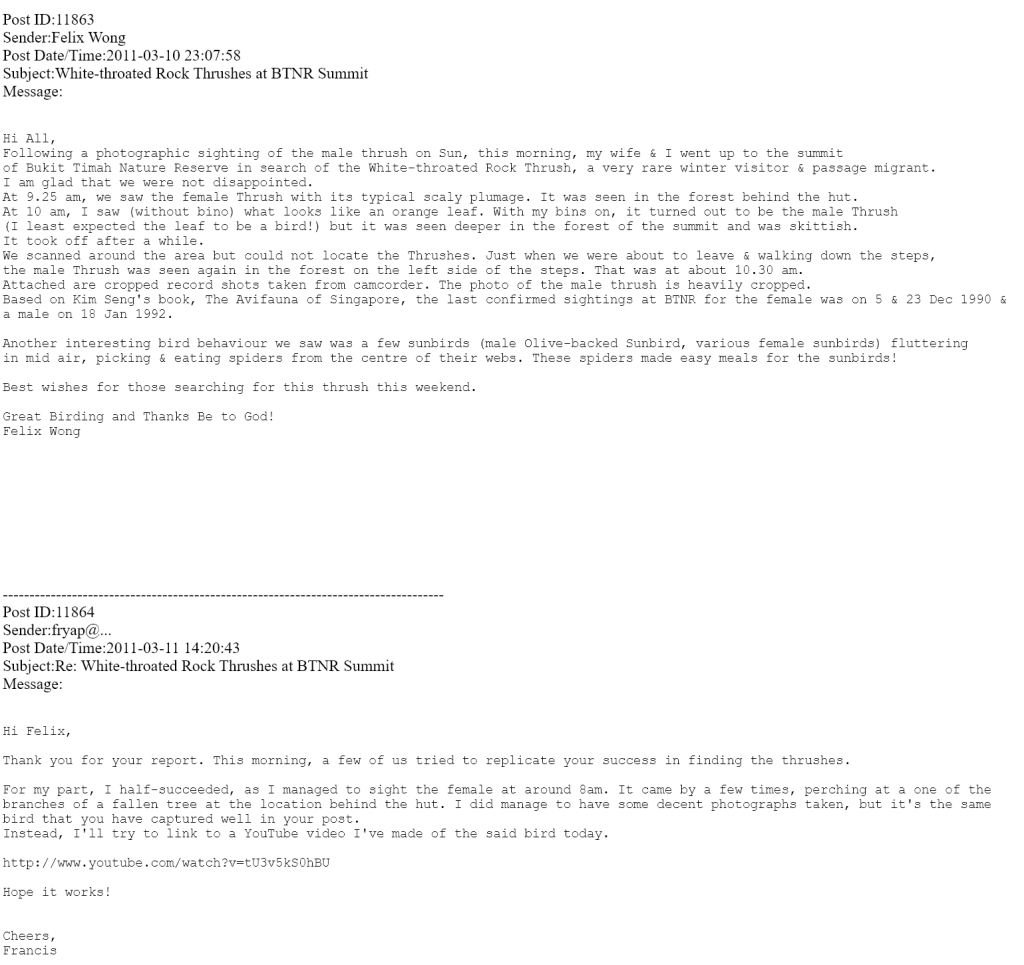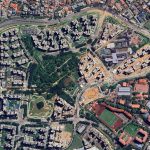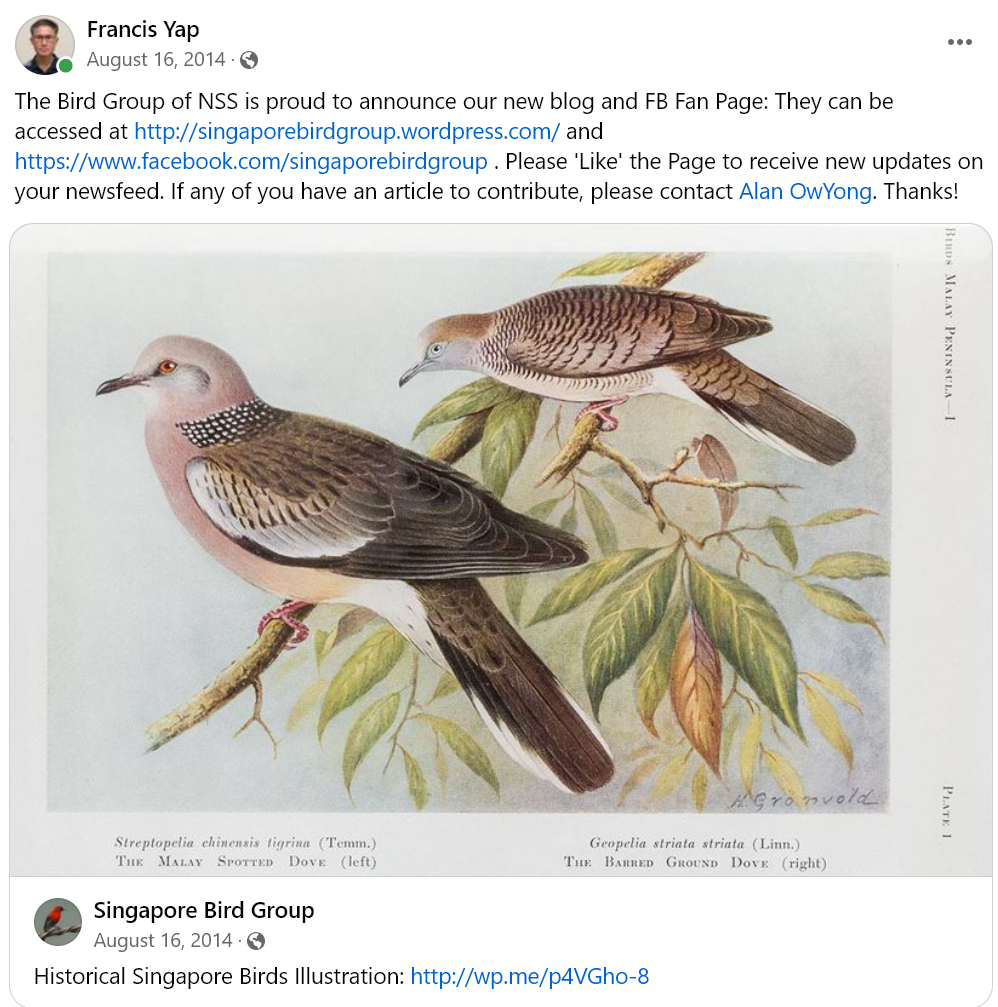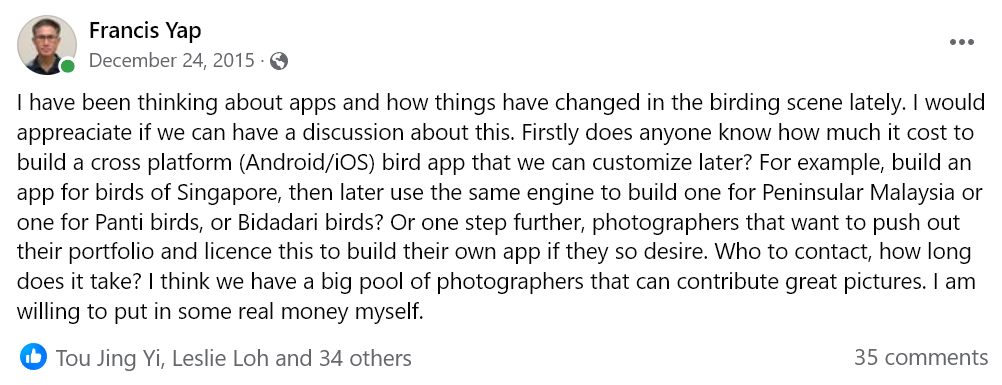I’ll like to take a different approach to this story and meander a bit first. When my daughter was born, I developed a keen interest in photographing her, eager to document her growth over the weeks, months, and years. Back in the early 2000s, capturing every moment of life with a mobile phone was not the norm. At that time, compact digital cameras were the primary means of photography. My first digital camera was a Fujifilm MX-500, which I purchased in 1998. By the time my daughter arrived, this was the camera I used to take her first few photos. However, it was outdated by then, so I quickly upgraded to a Canon Digital IXUS 400. This was a significant improvement, but as my daughter became more active, I realised I needed a better camera to capture her in action.
That’s when I upgraded to a Canon EOS 300D. A more sophisticated camera like that required actual skill, so I turned to a local forum called ClubSNAP to learn more about the technology and techniques for taking better photos. Through browsing this forum, I was introduced to the world of nature photography, particularly the stunning bird photography that was displayed in one of the subforum. I thought to myself then that one day, I would explore that genre.
Fast forward to 2010. With more time on my hands, I decided to buy a Canon EOS 7D and an EF 300mm f/4 L IS lens to start photographing butterflies and birds around my neighbourhood in Punggol. I took numerous photos of birds, but I had no idea which species they were! When starting a hobby like bird photography, one doesn’t begin with all the necessary resources in hand. Just as I had done when I bought the Canon EOS 300D for my daughter’s photos, I returned to ClubSNAP. I soon discovered that, over the intervening years, the go-to place for bird photography discussion had shifted to another forum, NaturePixels (now defunct).
Amidst all the beautiful photos and photography topics posted, there was a Bird Identification subforum where one could ask for bird identification help, and more experienced birders would respond. I made it my mission to identify all the birds I had photographed, and over the next 2-3 years, I asked numerous ID questions. One person stood out in answering them: his forum nickname was jiaolong, and he was exceptionally patient and knowledgeable. I must have asked more than 100 separate bird identification questions in total.
![]()
By November 2010, based on some forum posts about interesting rarities spotted there, I made my way up to Bukit Timah summit. I met a few fellow photographers, took more bird photos, and struck up conversations. One of them clued me in on two things. Firstly, I should explore Bidadari, which had already become a popular topic at the NaturePixels forum. Secondly, I should join a Facebook group called Birders Group. This was a revelation. I started actively participating in that group and got to know more bird photographers in real life. As I became more acquainted with people, I was invited to join my first birding-related WhatsApp chat groups.
Around the same time, I also stumbled upon another site: a Yahoo Group called wildbirdSingapore (now defunct). Yahoo Groups was an old-fashioned online discussion board/mailing list hybrid, and wildbirdSingapore was one of the boards where local birdwatchers and birders from NSS had been active since around 1999. Clunky and outdated as it was, joining and participating in this group helped me connect with birdwatchers rather than bird photographers. Interacting with this community quickly made me realise their expertise in all things related to local birds. To keep up, I began buying bird field guides and doing the hard work of learning not just how to photograph birds, but also about their identification details, their habitat, behaviour, and more.

At the end of 2011, the birdwatchers at NSS were interested in holding an official Big Year for 2012. I think they were quite surprised when a photographer joined, especially one with barely a year and a half of experience. I decided that part of my education would be to challenge and benchmark myself against these birders, so there was no shame if I performed poorly. My birding buddy See Toh joined as well. Part of the Big Year involved updating our periodic scores in a Facebook group called SG Big Year Birders. I decided to ask everyone participating in the Big Year to join a WhatsApp chat group too. Inadvertently, this catalysed a significant change in Singapore’s birding culture. While the birders were more experienced and could find and identify birds on their own, I was already deeply embedded in other WhatsApp chat groups and Facebook groups. I even created and managed a Facebook group for bird photographers called SG Birders. These groups and their participants were my eyes and ears on the ground, so I had far more information about rarities than anyone else. By sharing this information quickly in the Big Year WhatsApp chat group, common etiquette dictated that some of these initially hesitant birders began to reciprocate by sharing their own rarity sightings.
I performed very well in the Big Year 2012. In many ways, I demonstrated that a sufficiently motivated new bird photographer could excel in this endeavour, provided one is willing to think outside the box, know how to crowdsource important information, and persuade others that it’s in their best interest to share. But the first Big Year also revealed something else to me: the gap in bird-related knowledge between the average bird photographer and birdwatcher needed to narrow for the community to move forward together. I knew many bird photographers wanted to know where to find and photograph rarer birds. If only there were a place where one could discuss where the rare birds were, as well as a place where discussions about bird identification were not only welcomed but encouraged. On the birdwatcher side, they also realised their own dwindling numbers contrasted with the ever-increasing number of bird photographers, and these bird photographers served as valuable eyes and ears on the ground. In 2013, I started Bird Sightings Facebook group to bring these two groups together for what I considered a win-win situation. I thought it would be a small group, but an effective one. In retrospect, the smaller group size allowed for better communication than a larger one that now exists.
In 2016, I started the Singapore Birds Project, with one of the aims being to complement the Bird Sightings group in helping to raise the standard of knowledge about local birds. I believe both the Facebook group and the project achieved their aims. There are now many talented birders and bird photographers who are knowledgeable about birds and helpful to each other, especially to those just starting out, thanks in part to the resources provided in the past. Many are also now hybrid birdwatchers/bird photographers, so the old classifications and divisions based on the equipment used are no longer as relevant.
However, let’s take a closer look at the situation now in 2024. A new birder might still join Bird Sightings or use the Birds of Singapore website. Or they might not. Their first experience in identifying a bird might be through the Merlin Bird ID app, or by joining large Telegram groups dedicated to instant bird sightings. They may check eBird for the latest rarities and as a way to find out more information about the birds they’ve seen. Or they may still use larger WhatsApp chat groups or join Instagram to communicate and share with their community there. These newer tools, and others that will inevitably emerge, together with the affordability and improvement in cameras technology have lowered the barriers to entry into our hobby even more and that’s a good thing. The lowered barrier of entry has resulted in Singapore’s birding community becoming much more diverse. This diversity in the community is a strength. A broader range of people with different skillsets, abilities, and experience will result in a community being more adaptable to new challenges. A diverse community often comes up with better, more creative, and innovative solutions to problems, as well as to opportunities, leading to better outcomes for everyone within it. The challenge from the perspective of the community as a whole, as always, lies in organising itself to work towards common goals rather than splintering off when things don’t align perfectly.
Looking back at the changes over the past 14 years or so, it’s clear that it wasn’t just technology being replaced. The ways in which birding groups organised themselves and their members in the past no longer seem relevant, and the value proposition for joining them has diminished. If incumbent community groups become complacent or fail to adapt to evolving birding norms, it could lead to newcomers or segments of the community bypassing them and organise themselves differently. Nature abhors a vacuum, and eventually most of the community will inevitably move to those with fresh approaches and leadership.
P.S. I realise that blogs like this have seen their heyday, and most birders I know now favor Facebook posts. But I prefer this medium, where I can write without worrying about reach or likability. Peace!





